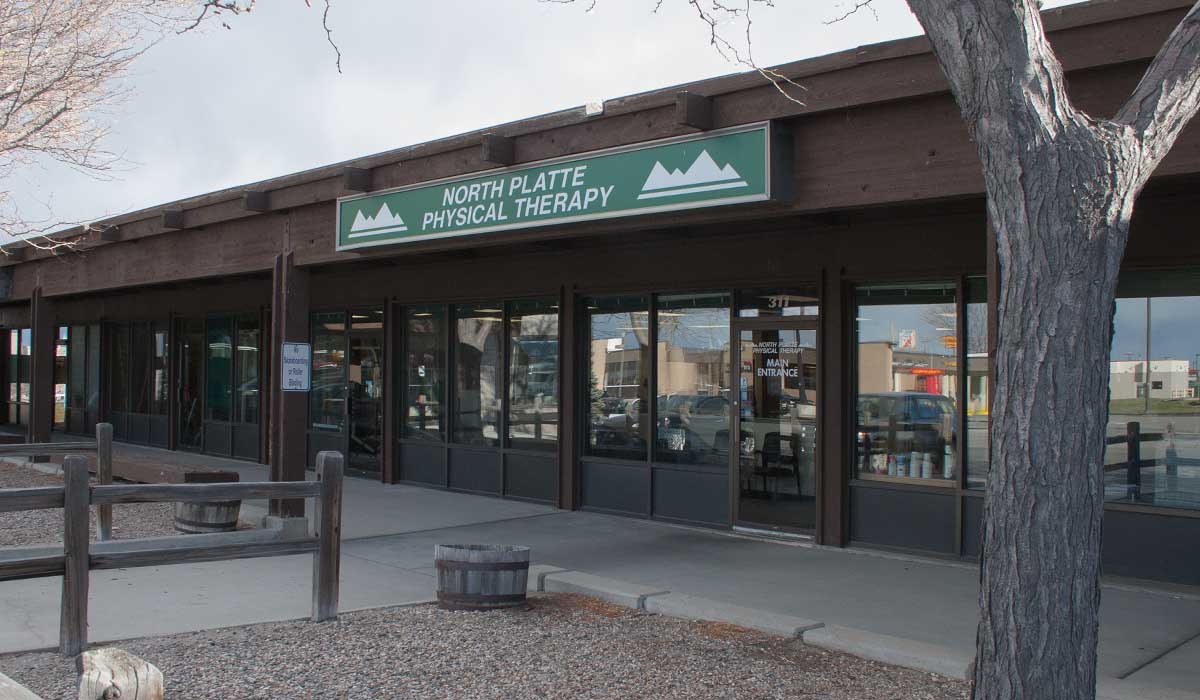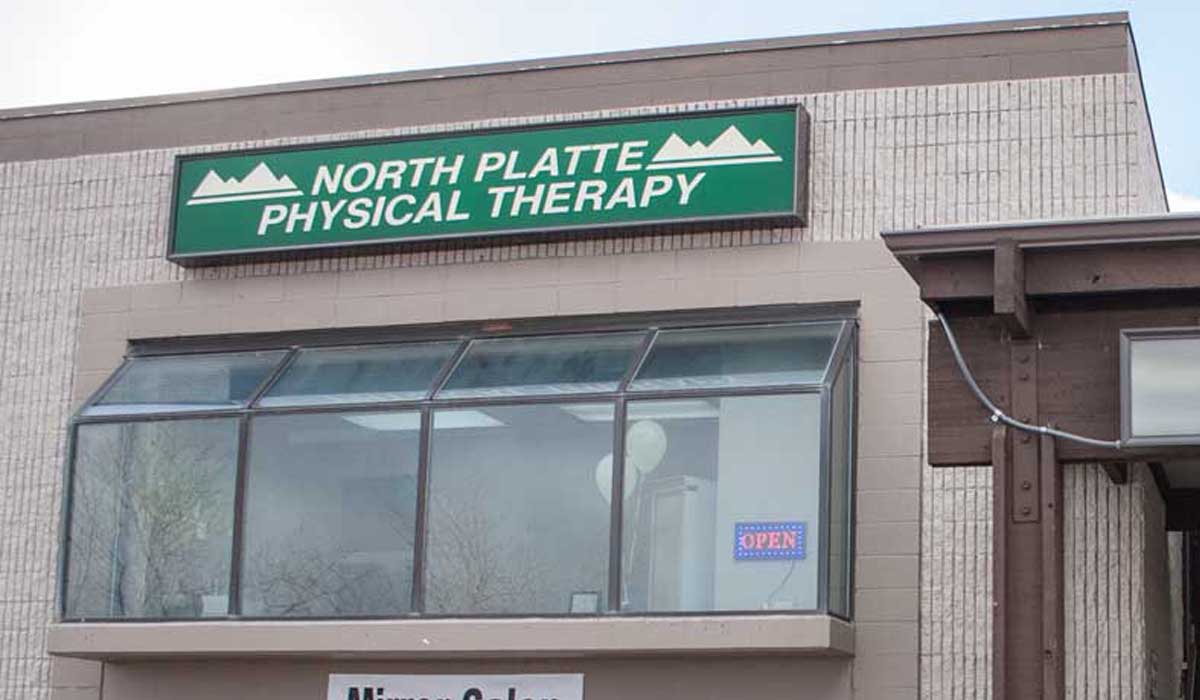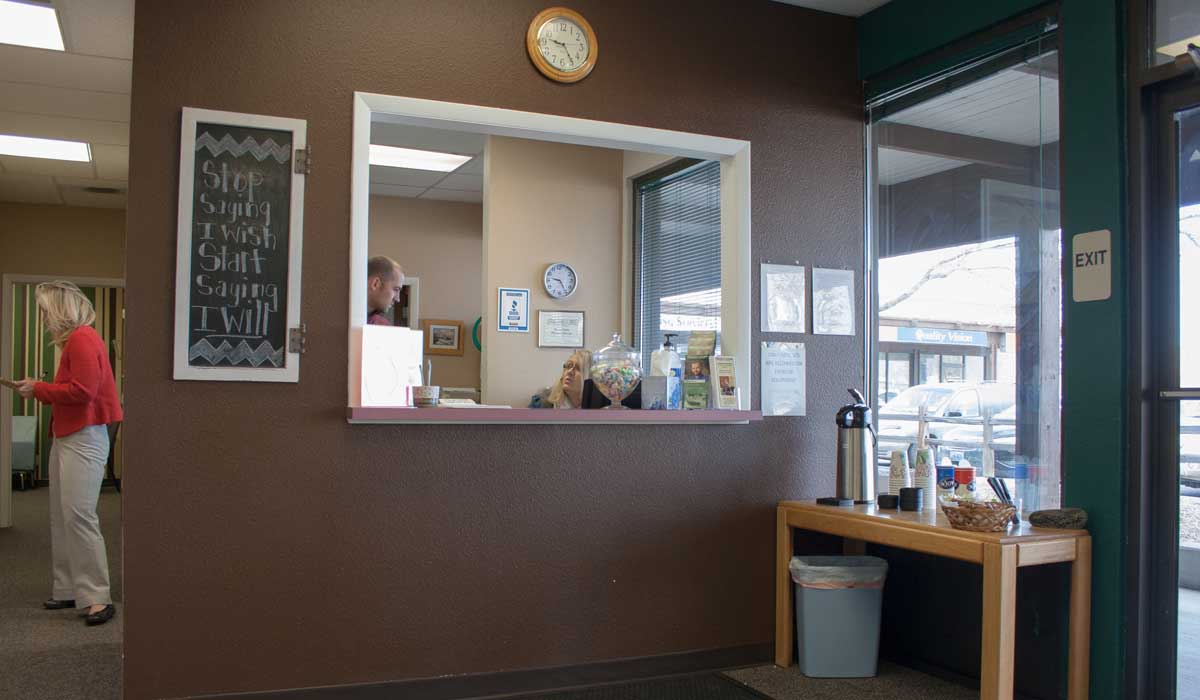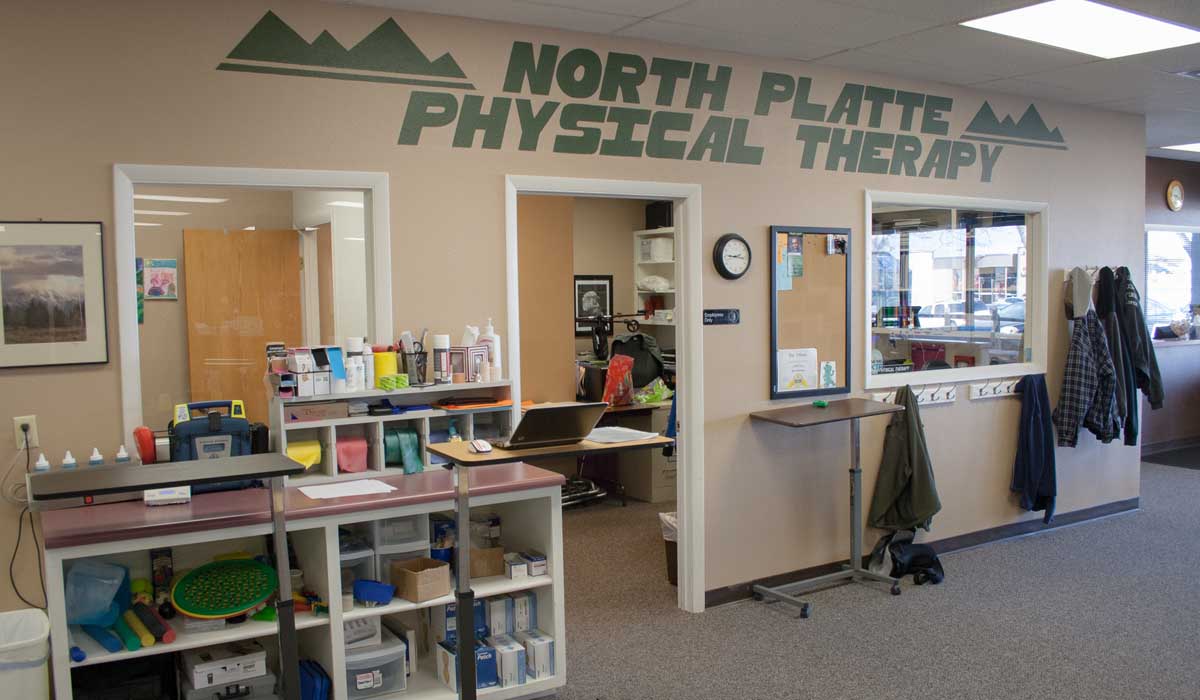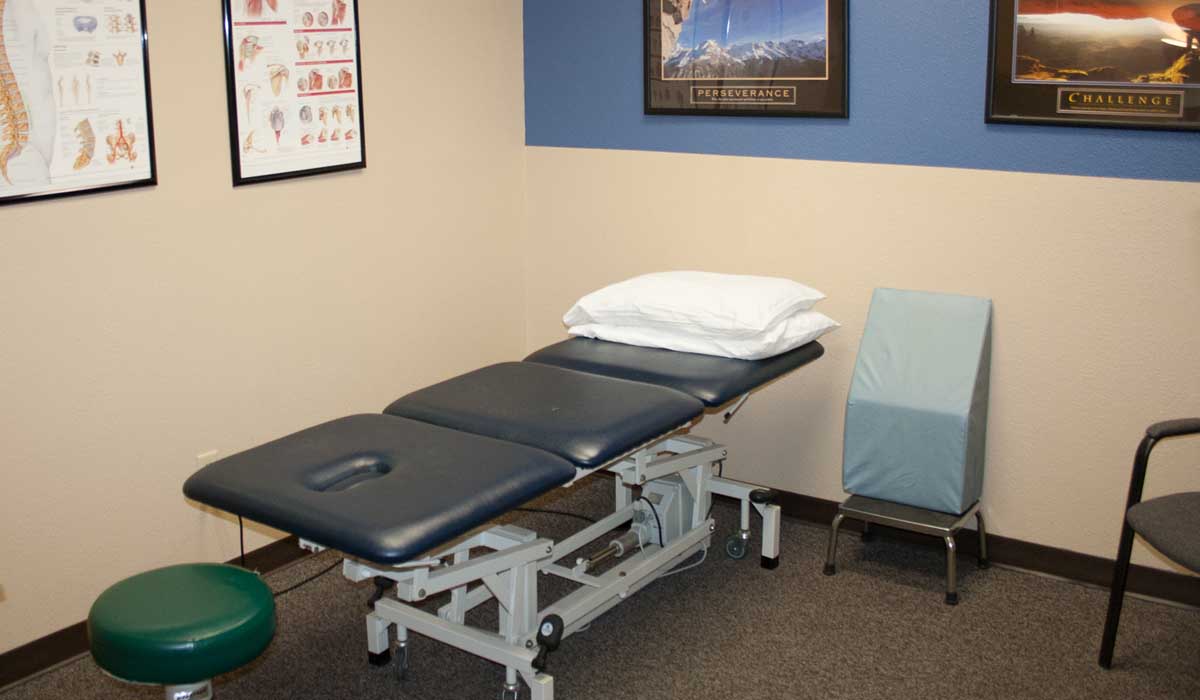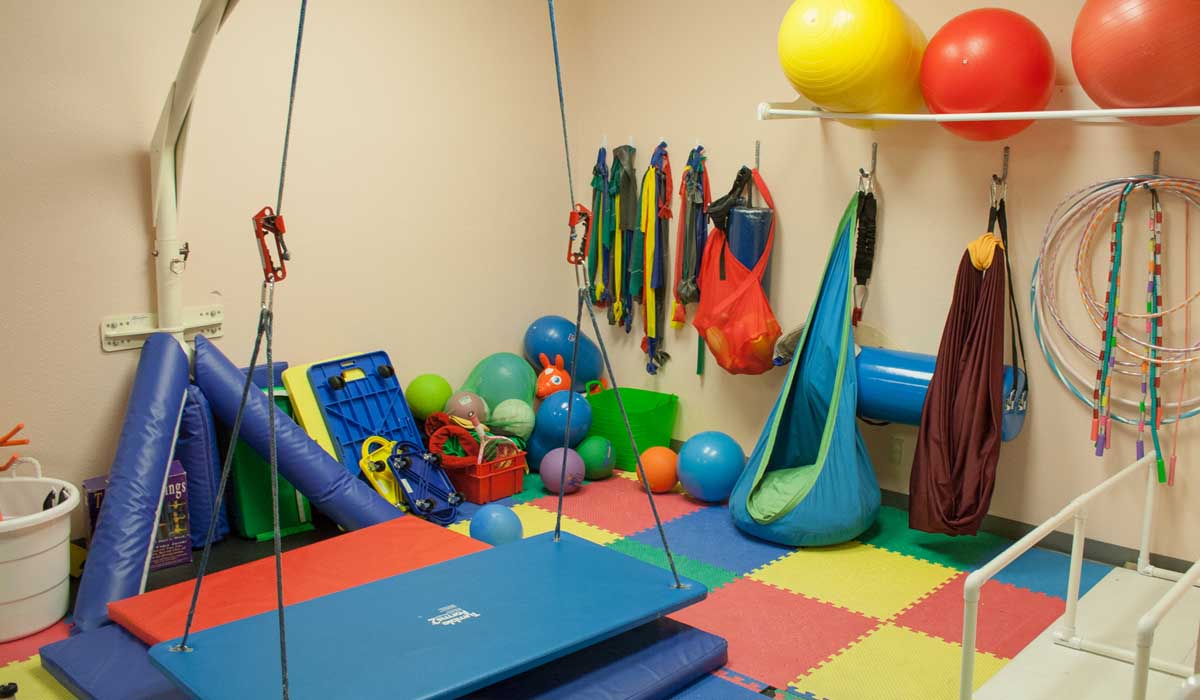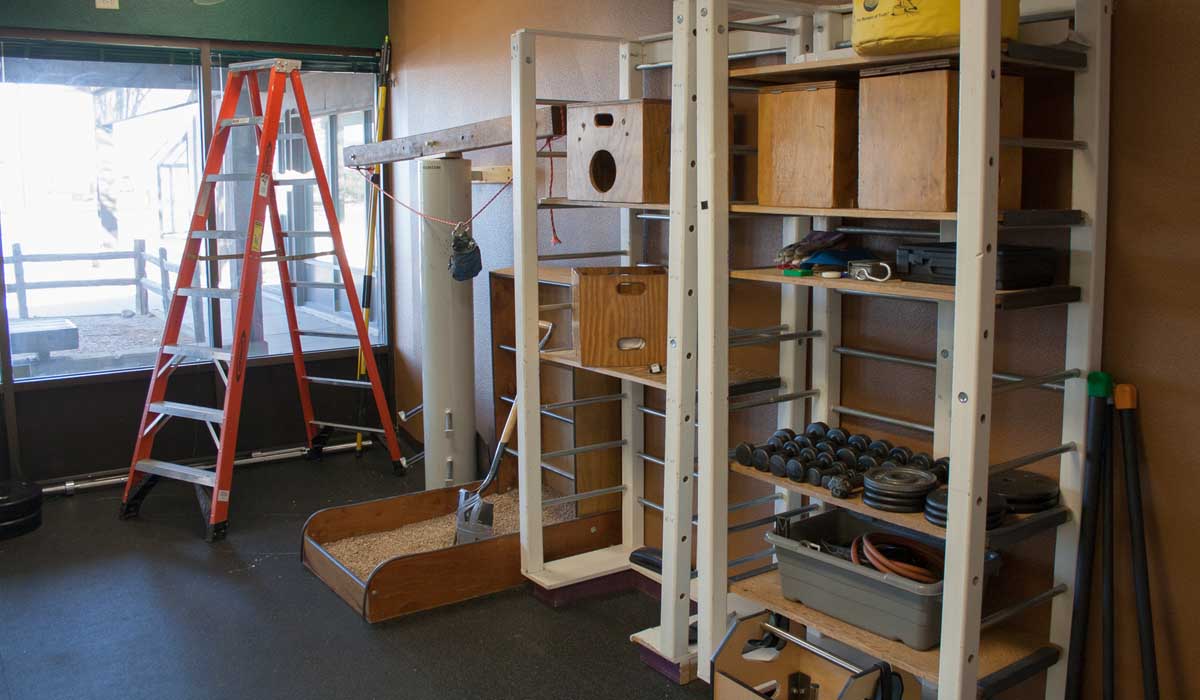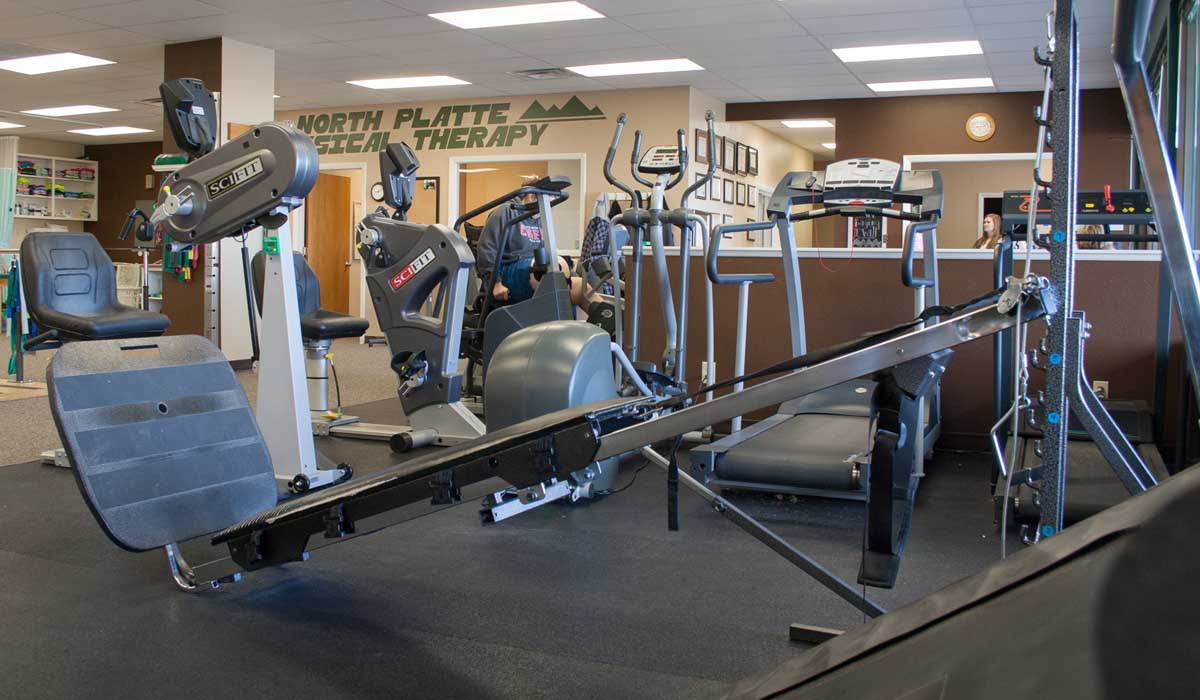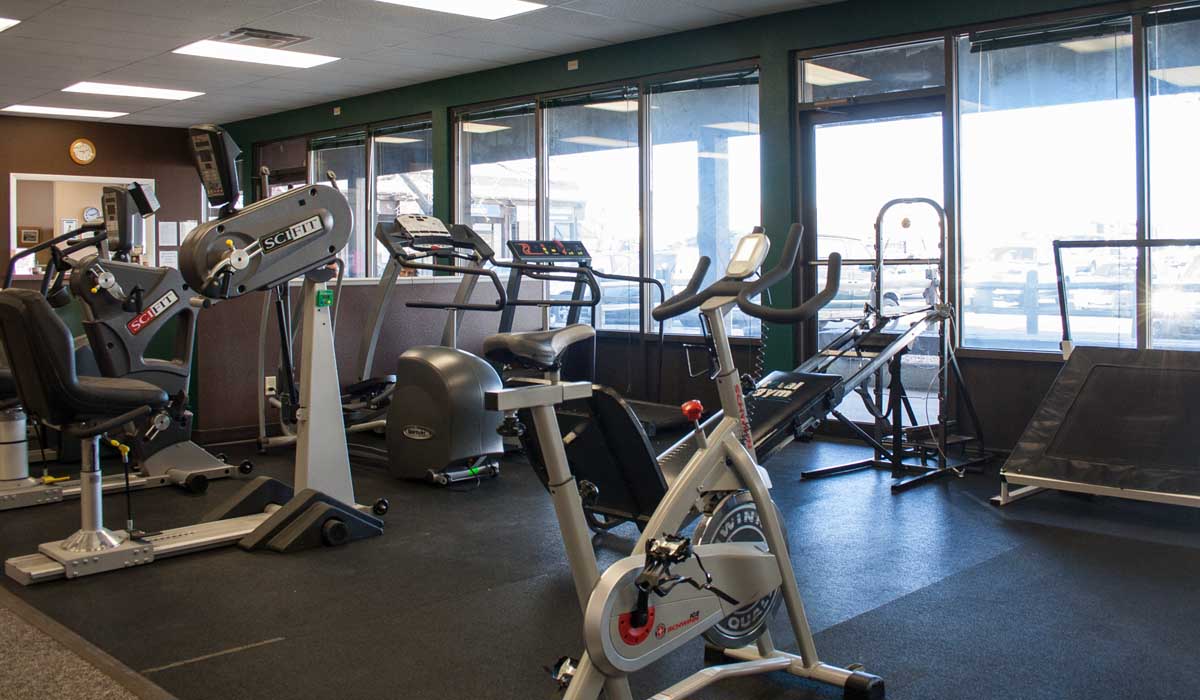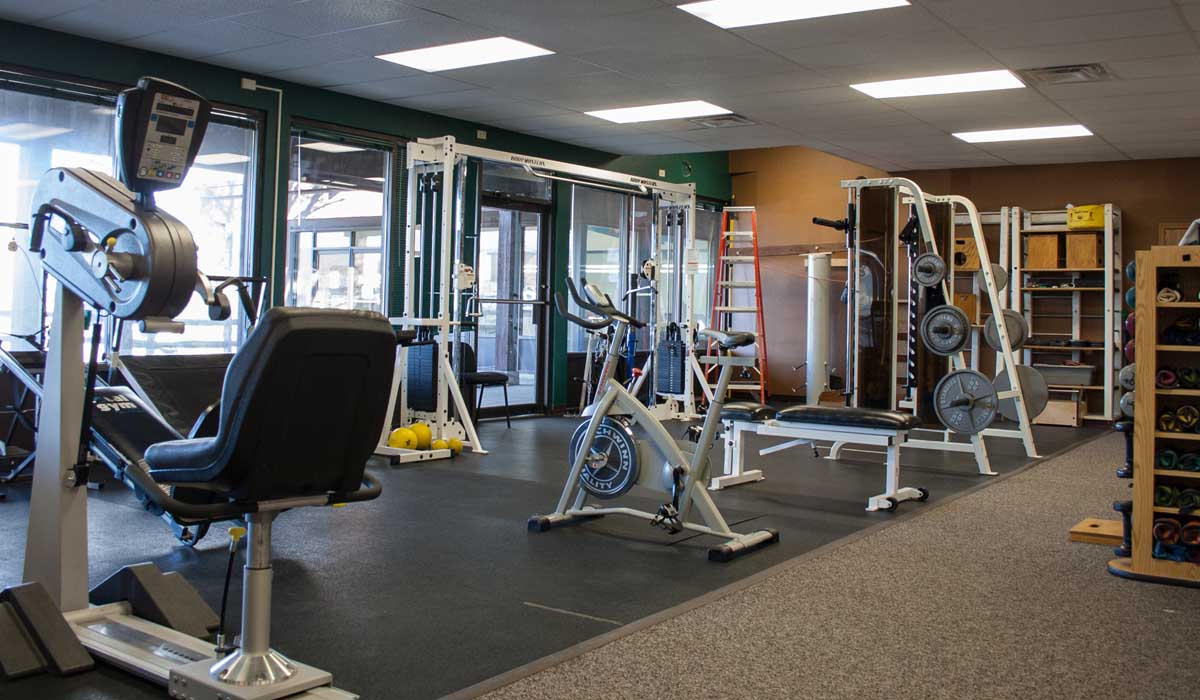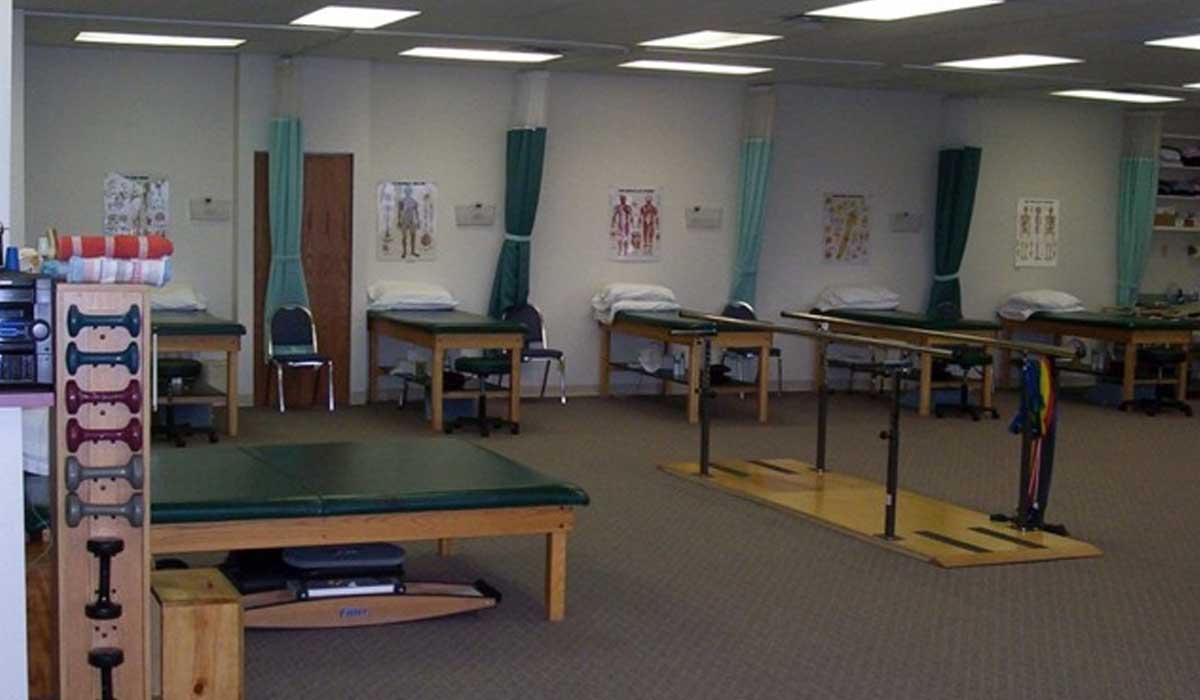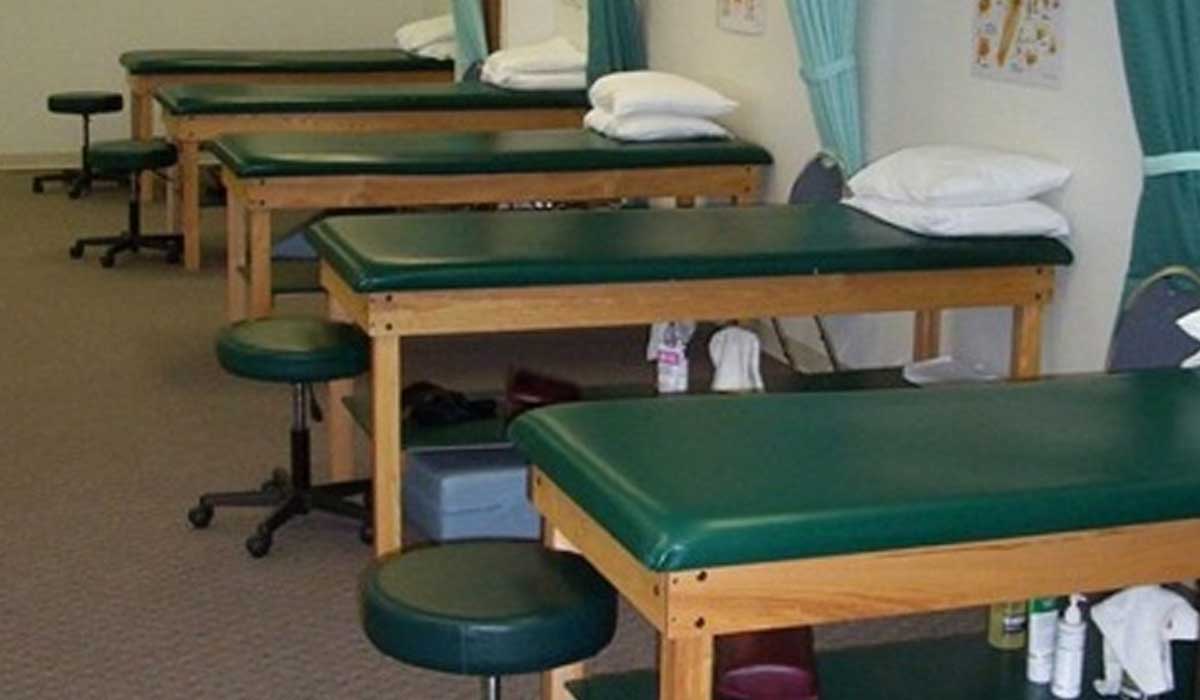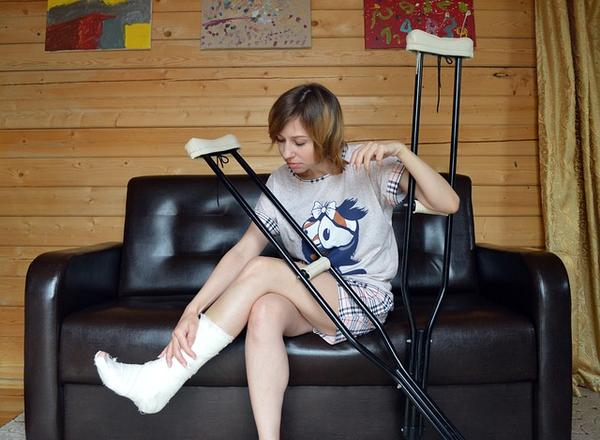North Platte Physical Therapy - Casper (East)
North Platte Physical Therapy, an integral part of the Casper community since 1997, opened a second location in 2010 in order to provide more convenient therapy options for Casper and the surrounding areas.
We offer a variety of treatment techniques to provide the therapy each patient needs to achieve success. Each patient is given the time needed in each therapy session to achieve evidence-based goals and improve his or her quality of life – no time limit is ever imposed on any patient.
Therapists at NPPT provide cost-effective, professional, fun, energetic care, and our patients benefit from team-oriented, supportive, and knowledgeable staff. We excel in therapy for sports injuries, work injuries, pre- and post-surgical rehabilitation, pain management for back and neck pain, headaches, etc., as well as in wound care, orthotics, sports conditioning and aquatic therapy. NPPT also provides pre-employment screenings, back-to-work physicals and functional capacity exams. Many NPPT therapists are certified or specialize in trigger point dry needling, aquatic therapy, orthopedic manual therapy, hand therapy, and kinesio taping, and are board certified orthopedic clinical specialists.
At North Platte Physical Therapy Casper, we provide the highest quality physical therapy in a welcoming and positive environment and are committed to superior customer service.
Location Details
Address: 311 Thelma Drive, Casper, WY 82609
Hours: Mon - Fri: 7AM - 6PM
Fax: 307-234-8810
Interested in scheduling at our West location? View Casper West Details
Services Offered
- Arthritis Pain
- Back Pain
- Back School Presentations
- Balance and Vestibular Rehab
- Biofeedback
- Biomechanical Gait Analysis
- Body Mechanics Training
- Chronic Pain
- Cupping Therapy
- Custom Foot Orthotics
- Custom Splinting
- Fine Motor Dexterity
- Functional Capacity Evaluations
- Graston Techniques
- Hand Therapy
- Headache
- Kinesio taping
- Modalities
- Myofacial Techniques
- Neck Pain
- Neurological Services
- Orthotic Fabrication
- Orthopedic Service
- Pediatric Therapy
- Pool Therapy
- Post Cancer Treatment
- Pre/Post Surgical Rehab
- Pre-employment Screening
- Return to Work Screening
- Return to sport exercise programs
- Running Injuries
- Self-care skills
- Sensory Integration
- SFMA - Selective Functional Movement Assessment
- Spine Care
- Sports Medicine
- Stroke Rehabiliation
- Tendonitis
- TMJ
- Torticollis
- Trigger Point Dry Needling
- Vestibular Rehabiliation
- Women's Health
- Work Hardening/Conditioning
- Work Injuries
- Worksaver Certified Work Physicals
- Wound Care
Latest News & Info
Physical Therapy Services: Benefits for Osteoporosis
Osteoporosis is a bone related disease which decreases density and increases the risk for a break or fracture in the event of any high impact. Most frequently, this occurs when older individuals take an unexpected fall and then realize they have broken a bone. While unfortunate, often these individuals aren’t even aware they may have this disease until it’s too late. Fortunately there are many benefits to undergoing a physical therapy plan for those who either already suffer from osteoporosis or fear they may be in danger, should they take an unexpected slip, trip, or fall.
Strength
A personalized physical therapy plan should be implemented to help strengthen the body . These exercises and plans help boost how a person’s body responds to the aging process and may assist in protecting them from suffering any injuries during some other impactful event.
Balance
As individuals age their balance typically becomes more and more of an issue. Often, those who are elderly may be at risk more so than others of falling and physical therapy assists in maintaining balance. Depending on the individual, therapists will create a specialized plan of action to address any areas of concern.
Mechanics
The physical mechanics of moving - walking, stairs, bending, lifting, etc. - are subject to vulnerability due to osteoporosis and a physical therapy regimen can help. Individuals who need assistance in creating or returning to their best bodily mechanics to an optimum performance level can benefit from taking part in a specialized physical therapy plan.
Pain Relief
Many individuals who suffer from osteoporosis also endure chronic pain, but starting a physical therapy plan will assist in eliminating this issue. Depending on the care being needed, a therapist may be able to service the individuals and help alleviate the constant pain that many deal with each and every day.
If you or someone you know may have osteoporosis, suffers from chronic pain, could use assistance with mobility issues, or is seeking services for another reason, then consider reaching out to the physical therapy experts at North Platte Physical Therapy, Monument Physical Therapy, Big Country Rehabilitation, and Bear Lodge Rehabilitation today. Offering 18 different locations across Wyoming and Nebraska, our professional staff are ready and willing to help administer and create a personalized plan of action specific to your needs. If you have any questions, don’t hesitate to contact us today. Available for all of your physical therapy and related offerings, we look forward to meeting you and providing the type of service you can rely on to help improve your overall wellness very soon!
Physical Therapy Services: Five Helpful Rehabilitation Activities
Helping reduce pain and manage movement, physical therapy covers a broad range of applications. Not only are there different reasons for administering these practices, but the benefits cover an entire range of different capabilities. Serving in the realm of rehabilitation, there are five areas where physical therapy is especially prevalent. These specifications not only apply to those attempting a recovery, but they can also benefit individuals who are aging and those who may need an area of focus to enhance their mobility.
Universal Conditioning
One area where rehabilitation services impact everyday life is when it comes to universal conditioning. Essentially, being able to implicate some style of daily walking and movement for individuals is especially beneficial. These characteristics not only help increase blood flow, but it also assists in improving joint flexibility and lung capacity for increased efforts as time passes.
Joint Range-of-Motion
Another common application for rehabilitation involves the ability to increase range of motion of any impacted joints. These practices help manage pain and allow for those affected to return movement patterns previously administered without any pain or restriction.
Targeted Strength
Certain exercises also allow for those in the midst of rehab to target areas needing increased strength. Muscle building activities centered around standing, walking, and other mobile activities assists in building upon a foundation for movement. These targeted strength ideas also allow for an additional focus on critical areas of need for those individuals being prescribed rehabilitation activities.
Balance and Coordination
Another critical realm of focus for all rehabilitation exercises revolves around balance and coordination. Being able to stabilize an individuals’ movements, helps them feel confident in their abilities and allows for an improved quality of life knowing they can be left to their own functional mobility.
Transitional Activity
In the event mobility becomes a significant issue, working on transitional activities is helpful. These options include a focus on being able to safely maneuver from one position to another, including: bed to a walker, chair to a walker, wheelchair to bed, seated to standing, etc. Focusing on these everyday movements helps individuals build the strength, confidence, and capability to safely execute each action.
If you or someone you know suffers from mobility issues, needs assistance with recovery, or is seeking services for another reason, then consider reaching out to the physical therapy experts at North Platte Physical Therapy, Monument Physical Therapy, Big Country Rehabilitation, and Bear Lodge Rehabilitation today. Offering 18 different locations across Wyoming and Nebraska, our professional staff are ready and willing to help administer and create a personalized plan of action specific to your needs. If you have any questions, don’t hesitate to contact us today. Available for all of your physical therapy and related offerings, we look forward to meeting you and providing the type of service you can rely on to help improve your overall wellness very soon!
Physical Therapy Services For Lower Back Pain
Millions of individuals around the world deal with lower back pain and managing these issues becomes priority for those who are impacted. Being able to manage these feelings and pursue a life where the pain can be forgotten is obviously the goal. Finding a treatment to deal with one of the most common issues people face today in terms of their own personal well being is something which should be given high priority. In fact, there are multiple available options for those suffering from lower back pain when it comes to physical therapy.
Intervention
Millions of individuals deal with lower back pain either as a work related injury or other onset issue and finding a way in which to deal with this issue is extremely important. Fortunately, there are a number of physical therapy related practices which address these problems and can help individuals on their path to recovery.
Spinal Manipulation
When utilizing spinal manipulation, individuals are hoping a forced movement of the spine may result in some type of pain relief. Depending on the severity of the issues, understanding where to apply pressure and how any maneuvering could benefit the subject are both important aspects of creating a pain free environment for patients.
Mobility
Creating increased mobility within the spinal region is another important aspect for those suffering from lower back pain. By opening up the movement patterns within this space, individuals are far less likely to continually deal with any pain related issues.
Strength
Improving strength in the lower back also helps alleviate many pain related issues. These exercises often are seen as preventative measures, but in the event pain is already prevalent steps can be taken to help remedy the situation.
Flexibility
Another specific focus on removing lower back pain is often associated with improving flexibility. Instead of waiting until a problem arises, taking steps to ensure these joints already have an established form of flexibility can be especially helpful.
If you or someone you know needs treatment for lower back pain, suffers from chronic mobility issues, or may be seeking physical therapy services for another reason, then consider reaching out to the experts at North Platte Physical Therapy, Monument Physical Therapy, Big Country Rehabilitation, and Bear Lodge Rehabilitation today. Offering 18 different locations across Wyoming and Nebraska, our professional staff are ready and willing to help administer and create a personalized plan of action specific to your needs. If you have any questions, don’t hesitate to contact us today. Available for all of your physical therapy and related offerings, we look forward to meeting you and providing the type of service you can rely on to help improve your overall wellness very soon!
